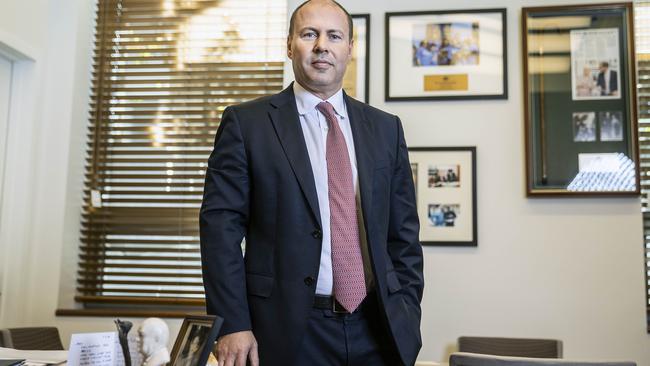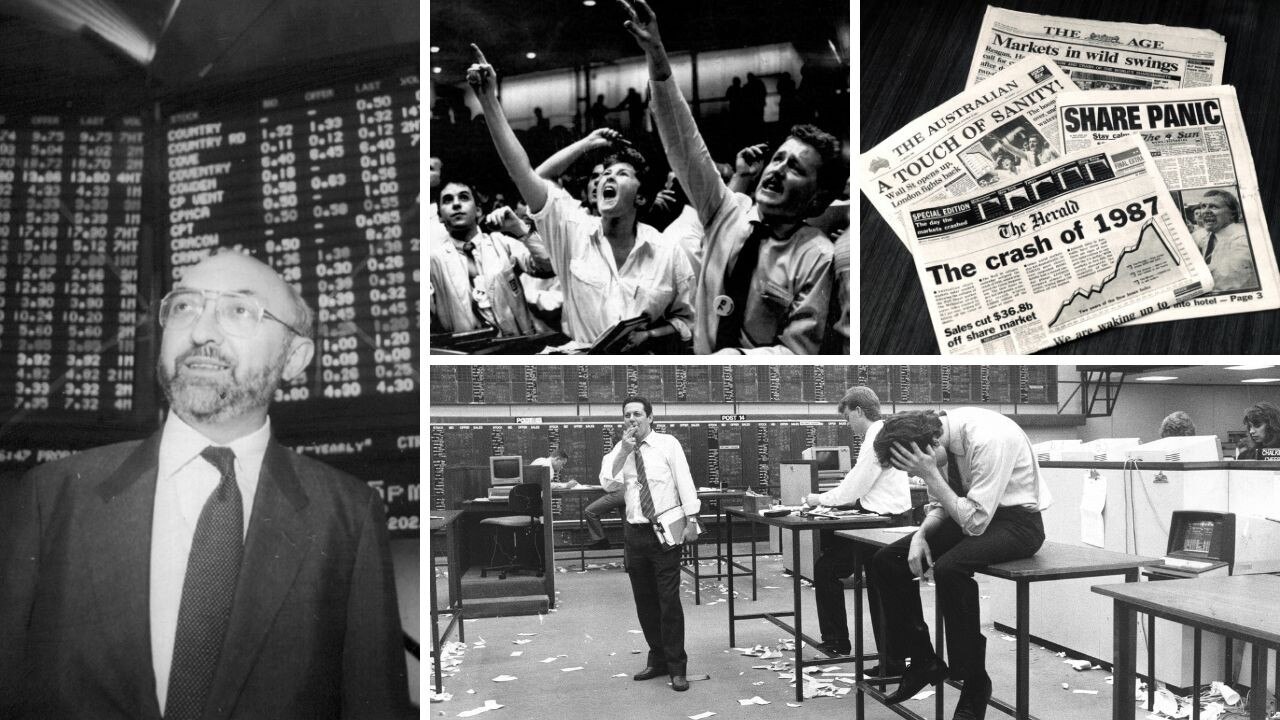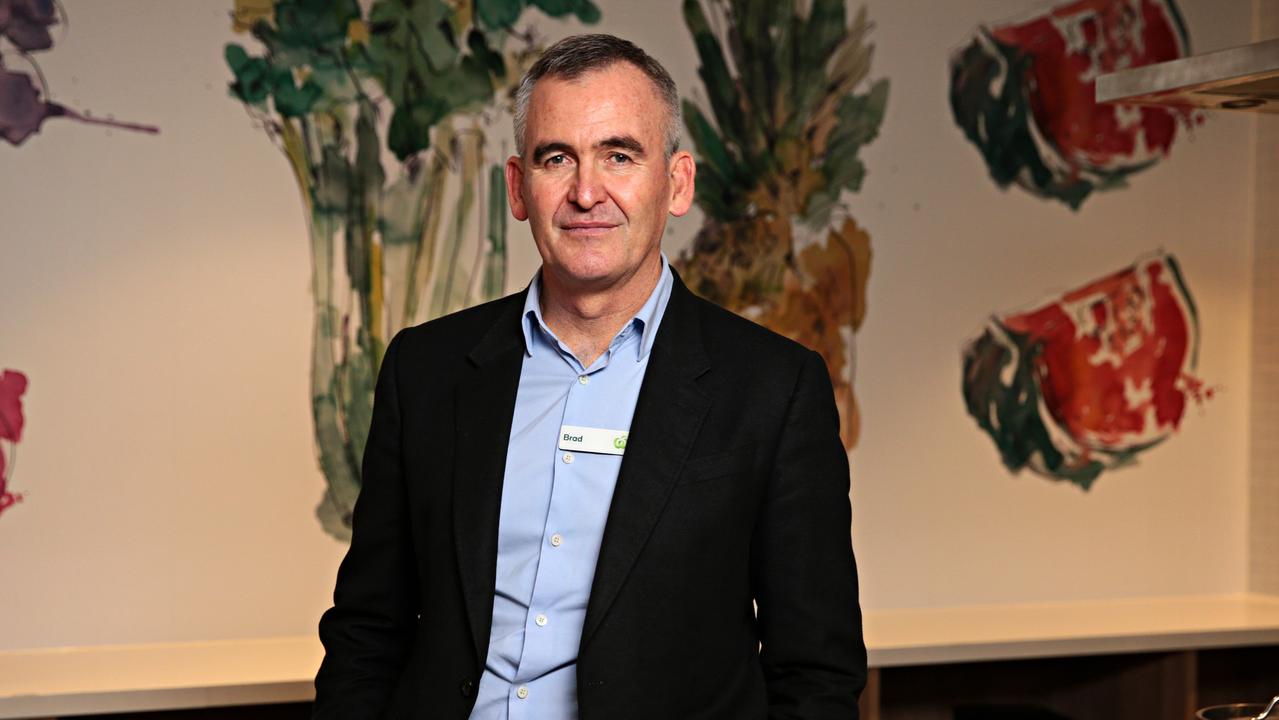Superannuation increase to complicate the Covid recovery
On the current post-pandemic path, employees could see both higher wages and higher retirement savings contributions through to 2025.

Terry McCrann
Don't miss out on the headlines from Terry McCrann. Followed categories will be added to My News.
So, the 12 per cent going into super is now locked in legislative concrete. What does it mean for you?
That’s to say, what does it mean for your future wage and salary rises; and what does it mean for how much super you will have on retirement?
Now, a small point; it was already locked in legislative concrete – back in the dying days of the Rudd-Gillard-Rudd Labor governments, legislation was passed to lift the contribution made by employers from 9 to 12 per cent of wages and salaries.
The current Morrison-Frydenberg government was trying to change the legislation. It’s now given up; and that, I suggest, will be it. The contribs will rise progressively from the current 9.5 per cent to 12 per cent in 2025.
Clearly, obviously, it will guarantee that everyone will have more in their super when they retire than otherwise.
Exactly how much more depends on your age and your employment and wage or salary profile out to retirement.
Obviously, if you are approaching retirement, it’ll be all-but no difference. If you’re 25, it could make a huge difference.
But what will make the most difference is not the 12 per cent versus 9 per cent, but exactly that work and wage (growth) profile.
If you spend time unemployed and on Jobseeker, 12 per cent of nothing is exactly the same as 9.5 per cent of nothing: nothing.
Even if you remain fully-employed right through your working life, if your wage increases are less because your employer has to put more into your super, much of the benefit on your super balance could be washed away – and you end up with fewer dollars in your pocket through your working life.
That was the main argument against sticking with the mandated increases; that workers would pay for it with lower wage rises.

It was certainly a powerful argument right now when wages growth has been so sluggish for so many years – and it has been given further weight through the virus pandemic and indeed coming out of it.
But it has also got very complicated precisely because of what happened through 2020 and indeed what governments (and the Reserve Bank) did.
Arguably, the biggest force keeping wage rises down was mass immigration – providing workers especially into the low-end full-time jobs and especially casual jobs.
That disappeared last year with the border closures. Right now, despite still big jobless numbers, employers are finding it tough to get, certainly, skilled but also unskilled and casual workers.
Whereas a few months ago, this was considered likely to be temporary; that we could and would go back to mass immigration once we had the vaccine deployed widely; now I suggest it’s going to be a long-time before we see the return of mass immigration or even significant foreign tourist numbers.
This must, in my judgment, put upward pressure on wages; I think the RBA is going to be (pleasantly, but challengingly) surprised by stronger wages growth through 2022.
Pleasantly surprised, because it wants it to boost inflation to get it delivering on its mandate of keeping inflation in the 2-3 per cent range. Higher wages are the path to higher inflation.
Challengingly, because the RBA’s on record as saying it can’t see that happening before 2024 and so it won’t consider raising interest rates until then. It might have to think of reneging as we head for 2023 or even, if much less probably, 2022.
In a broad sense, this to means weights the argument, to employees getting both higher wages and higher super contribs through to 2025; especially as the higher super contribs are dribbled out over five years.
The operative word is ‘employees’- you’ll only get both if your keep your job. I further suggest some will pay for other people’s good fortune by losing their jobs.
How this all plays out over time is far more complicated and uncertain. We are never going back to the world as it was in 2019.
The ideas that anyone could predict the world as it would be in 2065 for someone starting out their working life at age, say, 20-25 was always utterly ludicrous. It’s now utterly ludicrous on steroids.
I would make three, broad but important generalisations.
One. Even at 12 per cent, there is no way that most people will build enough in super to totally fund their retirement.
It will remain for most a form of tax-advantaged saving that they can end up cashing or using to supplement the pension (if that still exists).
Two. This reinforces the most basic life choice of all: that the first port of call should always be buying your own home.
And three, There are one absolute and clear-cut set of winners out of the 12 per cent – those who are managing the money and clipping the ticket on the way through.
Originally published as Superannuation increase to complicate the Covid recovery



